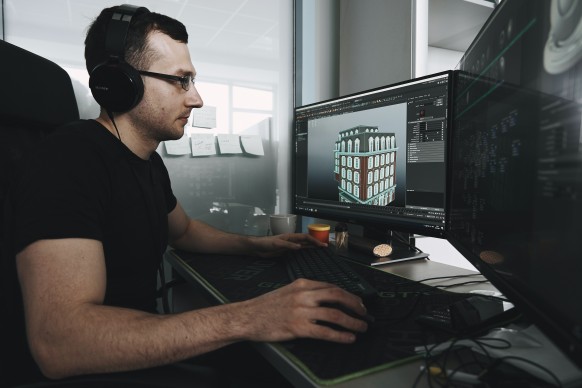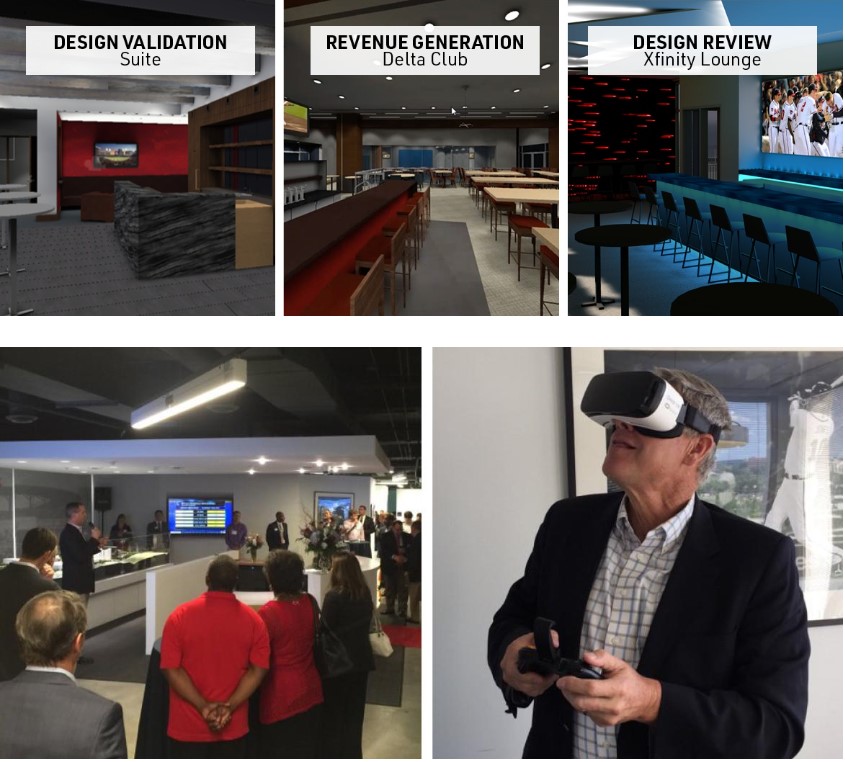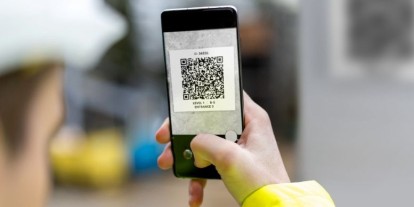
Blog / Disruptive Technologies
Virtual Reality For Architecture: 5 Key Implementations
Categories

In the world of architecture, the emergence of Virtual Reality for Architecture has transformed the way we design and experience buildings.
This immersive technology has opened up exciting possibilities for architects, designers, and students alike.
In this blog post, we will explore five key implementations of Virtual Reality for Architecture and how it is reshaping the industry.
1-Design Visualization
With the advent of Virtual Reality for architecture, designers can step into a 3D virtual environment. This not only provides a more immersive experience but also allows for real-time design changes. Architects can now explore spaces, materials, and lighting as if they were physically present in the building, resulting in more accurate and efficient design decisions.
Real-World Examples: Foster + Partners used VR to design the Bloomberg European Headquarters in London, enabling architects and clients to walk through the virtual building, resulting in a more refined design. Also, Zaha Hadid Architects employed VR technology in their design process for the 520 West 28th Street residential building in New York, allowing clients to experience the proposed spaces in a fully immersive 3D environment.
2-Client Presentations
Virtual Reality for Architecture offers a powerful tool for presenting designs to clients. Instead of trying to decipher complex blueprints, clients can put on a VR headset and take a virtual tour of the proposed building. This interactive experience enables clients to provide immediate feedback, fostering better communication and understanding between architects and their clients.
Real-World Example: Foster + Partners use Unreal Engine to build various AR and VR applications for architecture, as you can see in the following video:
3-Construction Simulation
Through immersive VR environments, builders and project managers can visualize the project from start to finish, identifying potential challenges, design flaws, and safety concerns. By simulating construction activities, workers can practice complex tasks, assess logistical issues, and refine workflows, all in a risk-free digital space. This technology not only enhances safety and efficiency but also significantly reduces project costs by minimizing errors and ensuring that the construction process is well-planned and executed.
Real-World Example: Mortenson Construction used VR in the construction of a sports arena, allowing workers to practice complex tasks virtually before executing them in real life, resulting in improved efficiency and safety.

4-Interactive Walkthroughs
This technology allows architects, clients, and stakeholders to virtually step into a building before construction even begins. By wearing VR headsets, users can take immersive, interactive tours of the proposed design.
During these walkthroughs, users can navigate through the virtual space, examine details, and get a realistic feel for the environment. Interactive walkthroughs enhance communication and understanding between architects and clients, as it provides a common platform to discuss design elements, lighting, spatial arrangements, and aesthetics.
This process facilitates real-time feedback, allowing for design adjustments and refinements, ultimately resulting in more refined and client-approved architectural designs. Also, architectural firms can create walkthroughs to showcase already completed projects that they want to sell or present to potential clients.
Real-World Examples: Property developers around the globe are using interactive architecture platforms built on Unreal Engine to improve the customer journey, boost sales and streamline the home building process, as you can see in the video below:
5-Collaborative Design
VR in architecture for collaborative design is a dynamic application that enables architects, designers, and project stakeholders to collaborate effectively in a shared virtual environment.
Through VR technology, team members from different locations can interact and make real-time design decisions within a lifelike 3D space. This collaborative approach fosters efficient communication, enhances teamwork, and enables stakeholders to provide instant feedback. It's a powerful tool for streamlining the design process and ensuring that all parties are aligned on the project's goals.
VR in collaborative design not only accelerates decision-making but also helps maintain design consistency, ultimately resulting in well-coordinated and high-quality architectural projects.
Real-World Example: SHoP Architects employed VR for their 9 DeKalb project, enabling team members from around the world to collaborate effectively in a shared VR space, ensuring design consistency and quality.
VR in education: Boost your design skills with proper training
Studying VR in architecture empowers individuals to embrace innovative design techniques for more immersive and realistic projects. This enhances communication with clients and stakeholders and also allows professionals to stay at the forefront of the evolving architectural industry, offering a competitive edge in the job market.
If you’re interested in acquiring these skills and implementing VR in various ways, check out our Virtual reality for architecture course. It incorporates cutting-edge tools like Unreal Engine, Twinmotion, and Rhinoceros, and you'll gain hands-on experience in designing and visualizing architectural projects like never before. Whether you're an aspiring architect or a seasoned professional, this program equips you with the expertise to excel in the rapidly evolving field of architectural design.



